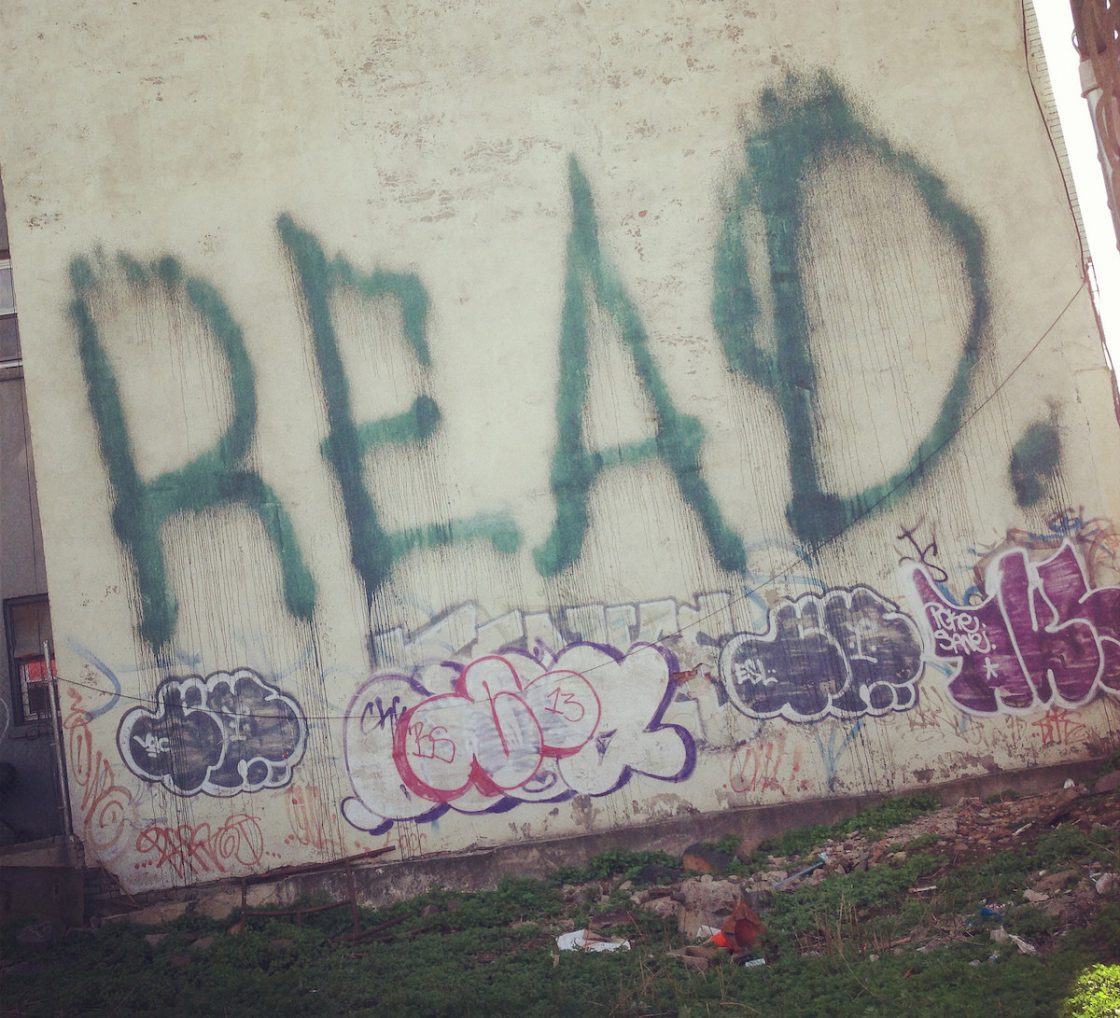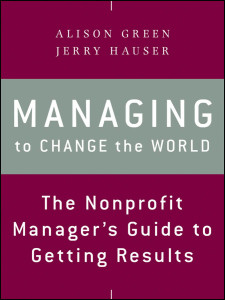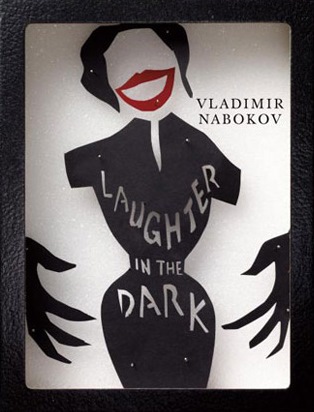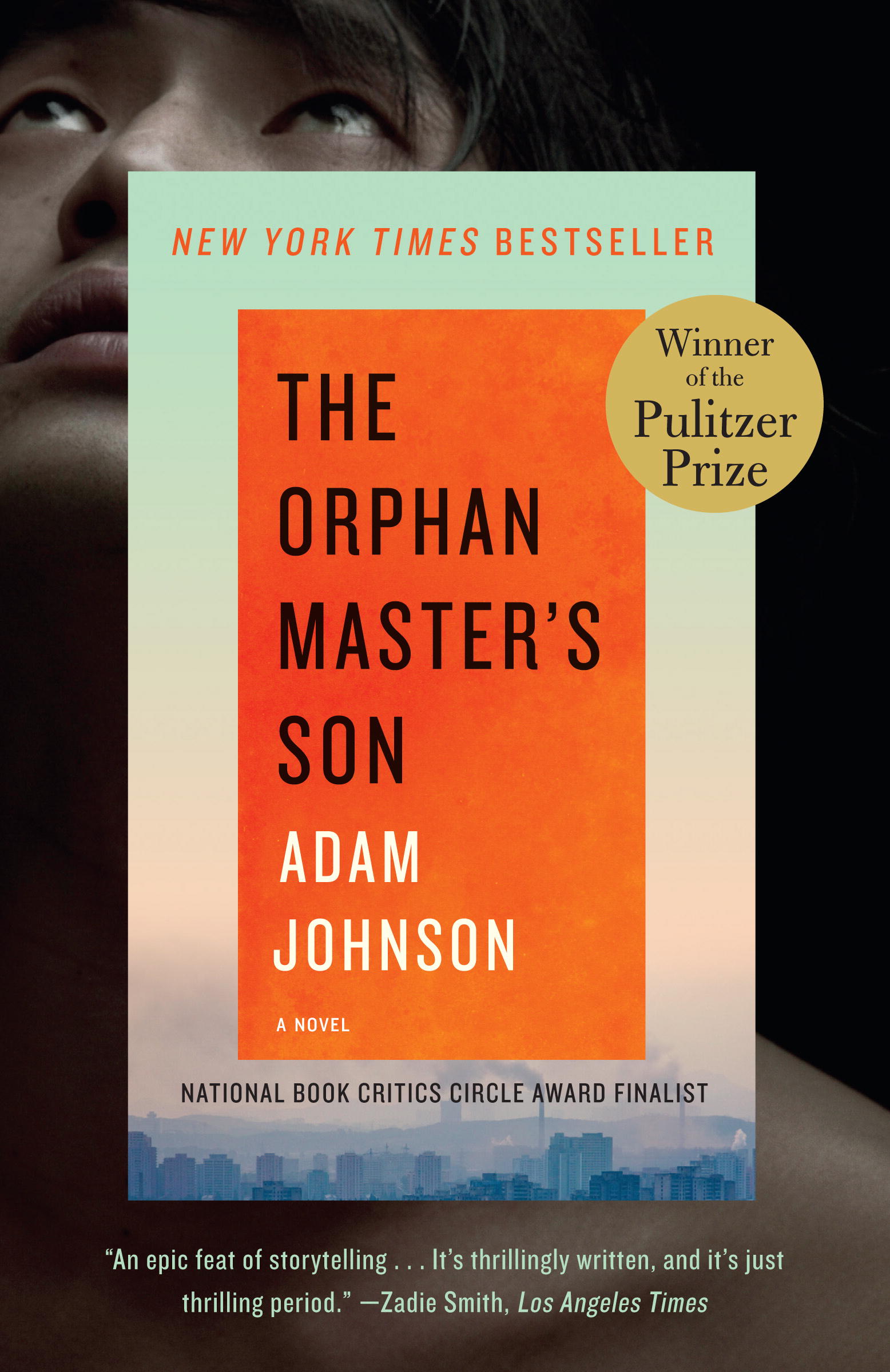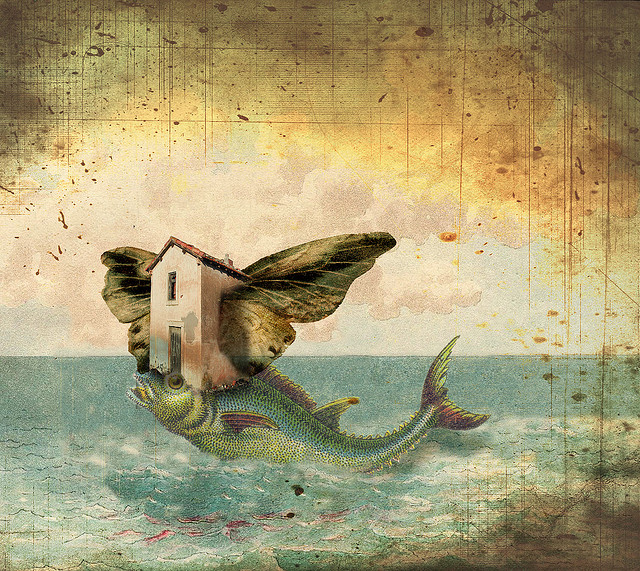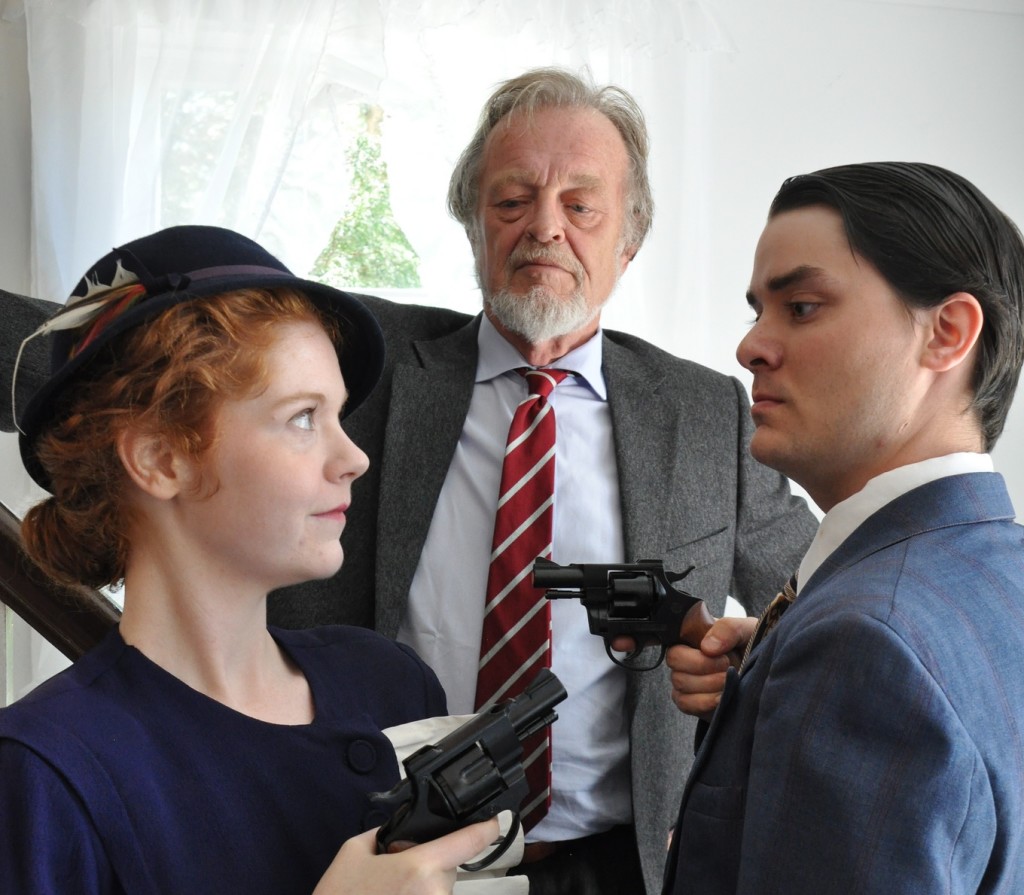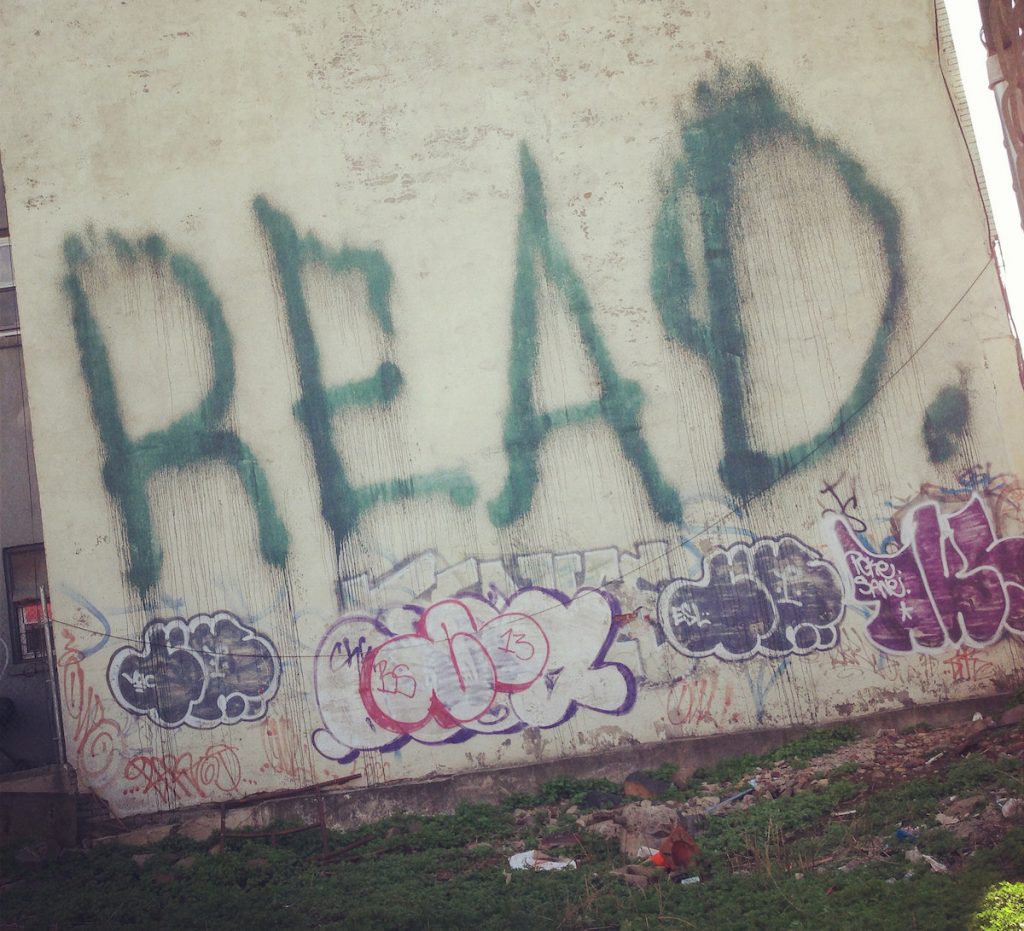
I kept a list of every book I read in 2017, inspired by my friend David Auerbach’s “Books of the Year” series. The end result is not particularly impressive. I finished forty books, most of which I read for pure entertainment (as opposed to edification).
However! I had a lot of fun! So that’s a win.
My final tally would have been much lower, but I downloaded the Kindle app again. Since the convenience of reading in bed skyrocketed, so did my book throughput. (Wrangling a paperback + book light while trying to avoid disturbing my partner… not ideal. Perhaps ironically, the guide on how to start reading again that I wrote ages ago gives the exact opposite advice.)
Unexpected side effect: In 2017 I read substantially fewer articles and essays than in previous years. It seems that my allocation of reading time is zero-sum. All in all, I’m happy to have traded a certain amount of enlightening longform articles for entertaining novels. During most of 2017, I felt mired in intellectual anhedonia, and that influenced my reading choices. I wanted escapism.
Over the course of 2017, I became markedly less curious. My intellectual enthusiasm waned dramatically. I don't know why. Getting older? Brain chemistry?
— Sonya 🌐 Mann (@sonyaellenmann) January 2, 2018
(Burnout from another bonkers year? All my energy being sucked up by my job? Probably a combination thereof.)
Anyway, the main point of this blog post is to publish and preserve the list of all the books I read in 2017. I considered sorting them by genre but 1) that would involve a lot of judgment calls and 2) chronological order will give you a more eclectic browsing experience. Like a bookstore! See, I’m charming, not lazy.
Fair warning: I used Amazon affiliate links throughout this post, because why the heck not. If you hate Amazon or hate kickbacks or whatever, you can Google the titles and authors.
Enough navel-gazing, here’s the list!
January
Slate Star Codex reviewed Shem’s novel beautifully, which is why I bought it. The book “had a touch of magical realism, which turns out to be exactly the right genre for a story about medicine.” Because medicine is “a series of bizarre occurrences just on the edge of plausibility happening to incredibly strange people for life-and-death stakes, day after day after day, all within the context of the weirdest and most byzantine bureaucracy known to humankind.”
A very strong contender for Best Book I Read in 2017. After the nuclear apocalypse, history devours itself like an ouroboros. Science becomes religion becomes science becomes religion. Human nature doesn’t improve, but it still has its moments of transcendent goodness.
February
If I remember correctly, Adam Elkus recommended Occidentalism as a text for understanding reactionaries and the alt-right. The book delivered on that promise.
A superb trashy beach read about being a groupie in the ’60s onward! Unabashedly femme and sentimental.
Another contender for Best. Blood Meridian is a brutal Biblical story set in the nineteenth-century Wild West, or maybe vice versa. It’s a harrowing read but HIGHLY RECOMMENDED!!!
April
A gorgeous novel about self-discovery against all odds; the protagonist is a black woman in the South circa Jim Crow. The Color Purple is full of heartbreak (I sobbed) and eventually joy.
May
The subtitle, courtesy of Amazon: A Powerful Billionaire, the Sex Scandal that Undid Him, and All the Justice that Money Can Buy: The Shocking True Story of Jeffrey Epstein.
I bought this in the airport and read it on a flight to NYC. That excessively long, tabloid-style subtitle relays the subject and tone of the book better than I ever could. Enjoyable read, but I would be ashamed to recommend it for reasons that should be obvious.
I wanted to see what all the fuss was about, and it was free on Kindle for Amazon Prime members. I thought the book was good but not, like, amazing or revelatory.
June
A collection of lighthearted sci-fi short stories written by a Twitter friend. Do you enjoy mad scientists? Then you’ll enjoy My Mother Had Me Tested.
This is the third contender for Best! Kaleidoscope Century is a rollercoaster mindfuck of a story. Here’s the Amazon review I wrote immediately after finishing the book: “I didn’t bother to understand the time travel and it was still great. Not for the faint of heart, but I’ve also read much more depraved books, so IMO some of the other reviews are overblown. If you liked the movie Memento, you will like this too.”
Hintjens writes about the psychology of psychopaths — really, he’s talking about sociopaths in general, but he calls them psychopaths — as a layperson extrapolating from personal experiences. Still, his analysis is not implausible. It’s certainly intriguing. He models sociopaths as predators who pursue normal people as prey, milking their victims dry of whatever resource the sociopath wants (money, sex, emotional energy, etc). The Psychopath Code is not as good or convincing as, say, The Gift of Fear, but it’s worth reading if you’re interested in the topic.
July
I have a huge weakness for Grisham and will read basically any book he’s written. I love suspense, schemes that are unveiled over the course of the entire book, and legal settings. The Runaway Juror provides all of that, especially a delicious slow reveal.
I finally got around to this cyberpunk classic. The characters and plot are weak compared to, say, Neuromancer, but the world-building is FANTASTIC. Sterling explores how transhumanism and politics may end up affecting each other.
This year I developed a fondness for apocalypse and post-apocalypse settings, with a particular affinity for zombies. (It was sparked by watching The Walking Dead with my partner.) World War Z is SO FUN when you have that itch to scratch. Not every bit of the plot makes sense, as is customary when it comes to zombies, but Brooks gives you a sweeping tour of how the world might be transformed by Zed.
August
- Shibumi by Trevanian (yep, no first name)
I can’t remember who recommended this book, but it was either David Auerbach or Adam Elkus. The ultimate “decadent elitism” spy novel. An odd but entrancing read.
September
I’m going to address the following five books as a chunk, because they’re all domestic noir, a genre that is basically Crazy Girl Chic meets crime thriller. I watched The Girl on the Train on an airplane and suddenly became obsessed with flawed female protagonists untangling murders or doing dark, twisted things. All of these books are excellent, especially the Gillian Flynn ones:
- Her by Harriet Lane
- Alys, Always by Harriet Lane
- Gone Girl by Gillian Flynn
- Sharp Objects by Gillian Flynn
- Dark Places by Gillian Flynn
Sharp Objects is the best book out of the five, but Gone Girl had by far the most cultural impact. Flynn’s short story The Grownup is also great, if you just want to get a taste of the genre or her style.
October
I had the privilege of reading a draft of Auerbach’s memoir in order to give feedback. Bitwise still hasn’t been published, but you can preorder it. Auerbach is a subtle, fascinating thinker, and the book uses his life experiences to explore human nature and the effects that technology (specifically computing) have had on society.
Such a classic that I don’t feel like I need to describe it. The book deserves every bit of its reputation, and deeply resonated with me.
I had a visceral reaction to this passage, like an "over my dead body" kind of reaction. pic.twitter.com/8W6UIoov5H
— Sonya 🌐 Mann (@sonyaellenmann) October 9, 2017
More domestic noir. Fun but not a must-read by any means.
This book was decent enough that I finished it but overall pretty mediocre. I have nothing in particular to say about it.
There is very little in-depth journalism about weddings, unfortunately, so I had to put up with Mead’s snotty attitude about people who dare to spend more than $5,000 on getting married. (Personally, I don’t intend to splash out a huge amount, but c’mon, there’s nothing wrong with throwing an expensive party.)
A horror classic that I read because my partner recommended it. FOR THE LOVE OF GOD, DO NOT OPEN LEMARCHAND’S BOX.
Another domestic noir novel with a twist ending. Again, fun but nothing special.
November
Domestic noir, domestic noir, not much to say about either title.
This sordid little novel is interesting but doesn’t live up to its title — unsurprising since the original Lolita is a masterpiece — and that annoyed me.
The premise is that there’s a zombie outbreak on the Titanic. Yes, it’s ridiculous. Deck Z is a fun read, and actually deals with the subject matter more seriously than you might expect.
Semi-survivalist thriller; great for an adrenaline rush. I stayed up all night to finish it.
More domestic noir.
December
Kitty Thomas novels are like if Fifty Shades of Grey were less juvenile. The genre is “dark romance,” a euphemism for “whips-and-chains erotica aimed at women.”
Cozy Christmas mysteries! A Highland Christmas was meh but I absolutely adore Agatha Christie.
Probably my longest read of the year, since it clocked in at 500+ pages. Cry to Heaven is a lyrical ode to the castrati (eunuch singers) who were the toast of the Italian opera during the eighteenth century. The book is surprisingly smutty, very chivalric, and totally gorgeous. I loved Cry to Heaven despite its lack of plausibility. If you enjoyed the movie The Red Violin, then you’d probably also enjoy Cry to Heaven.
A semi-fictional exploration of post-Holocaust trauma in the Jewish diaspora. (That was a mouthful, wasn’t it?) The Emigrants was recommended by my friend Jared Radin. It feels more like a series of thoughtful essays than a novel. I came away with a better understanding of why heritage is important to people… although I still don’t fully get it.
That’s a wrap! Every book I read in 2017, assuming I didn’t forget to write any of them down. (Which is possible, since I wrote 99% of this post before realizing, “Hey, didn’t I read Shibumi this year?”) I hope you got something out of perusing the list, and I’m somewhat surprised that you made it to the end. Feel free to recommend books that you think I should read in 2018!
